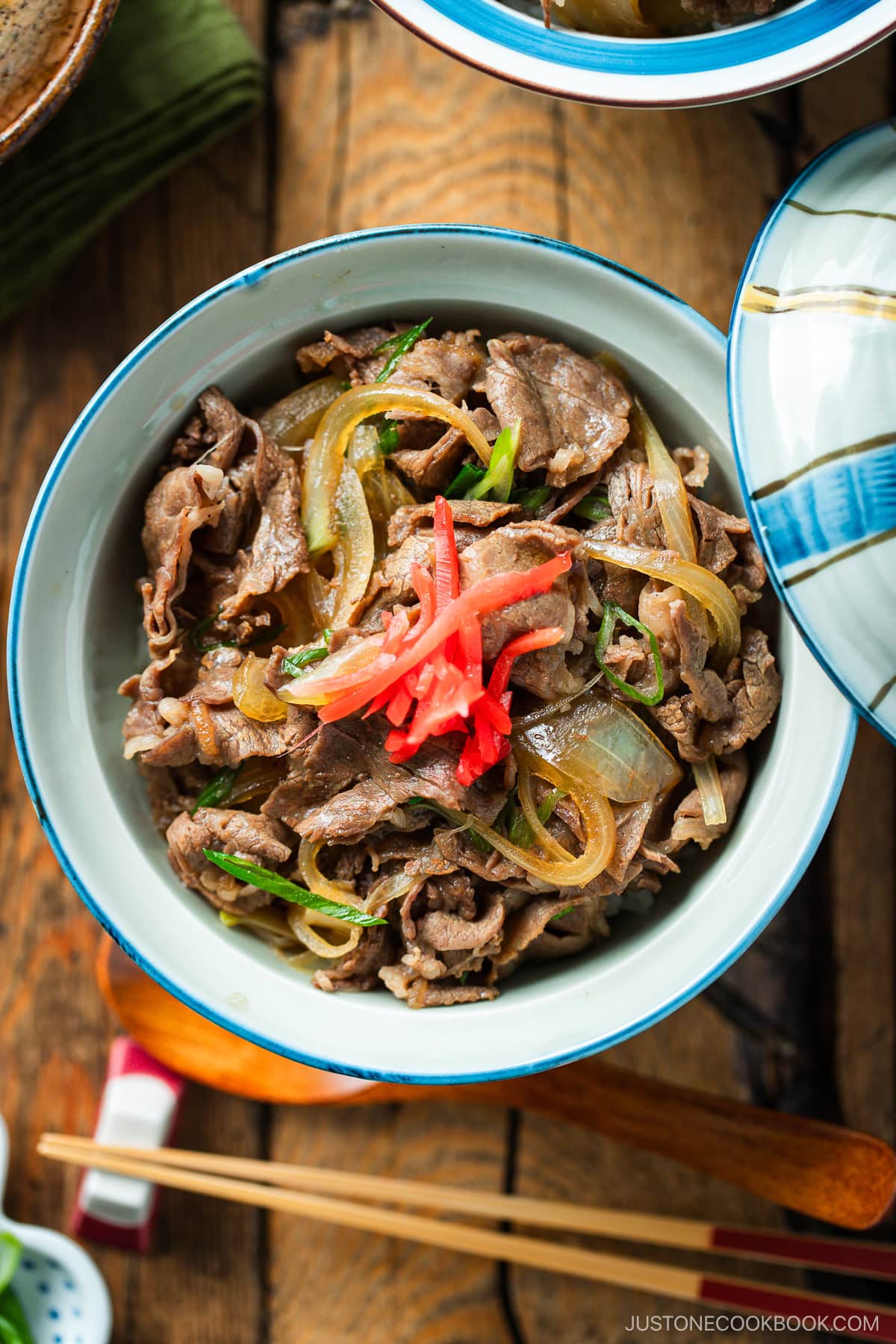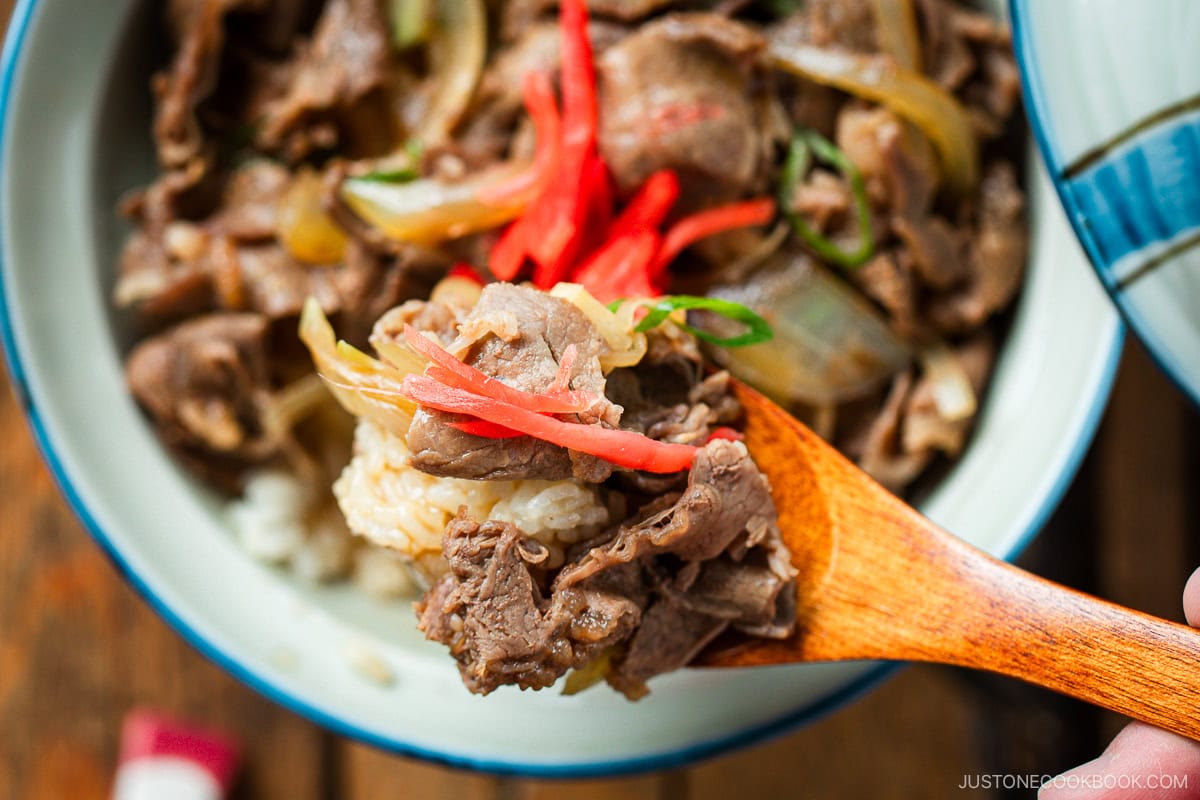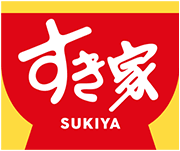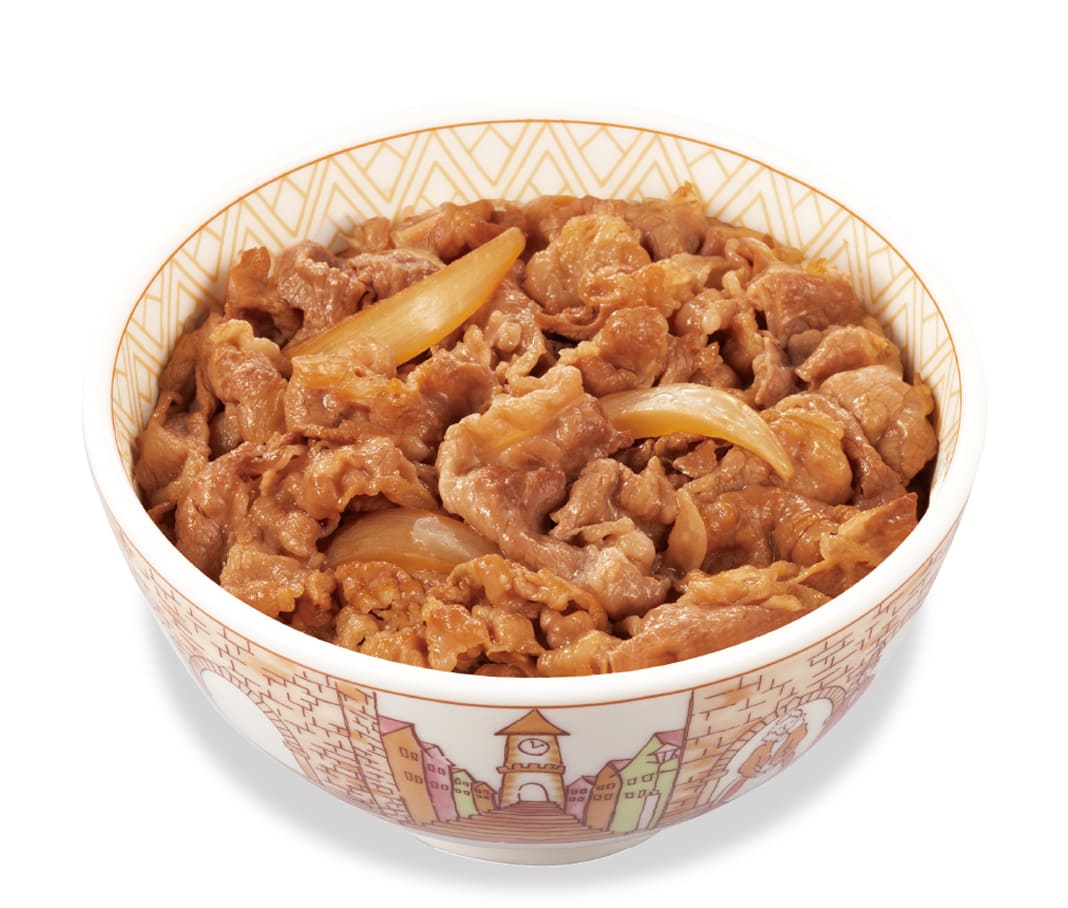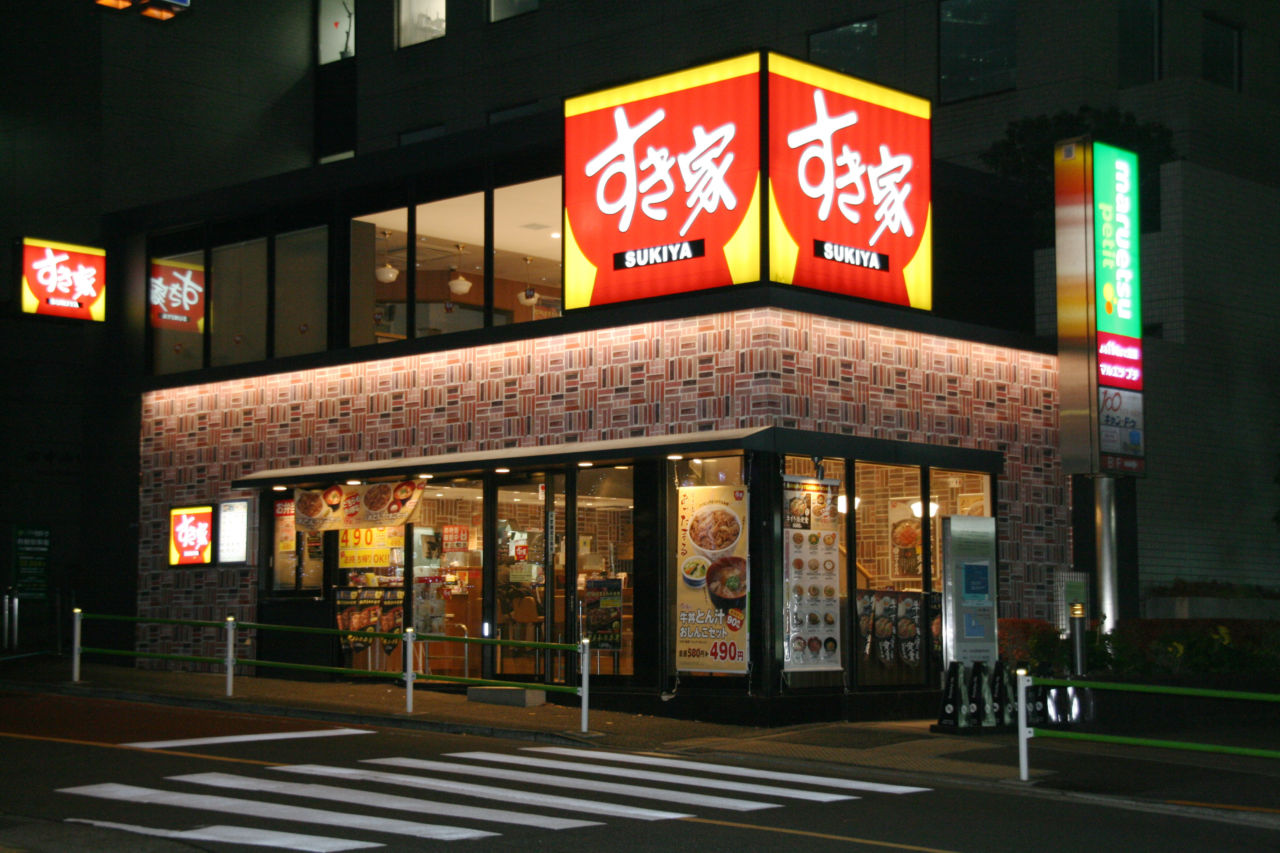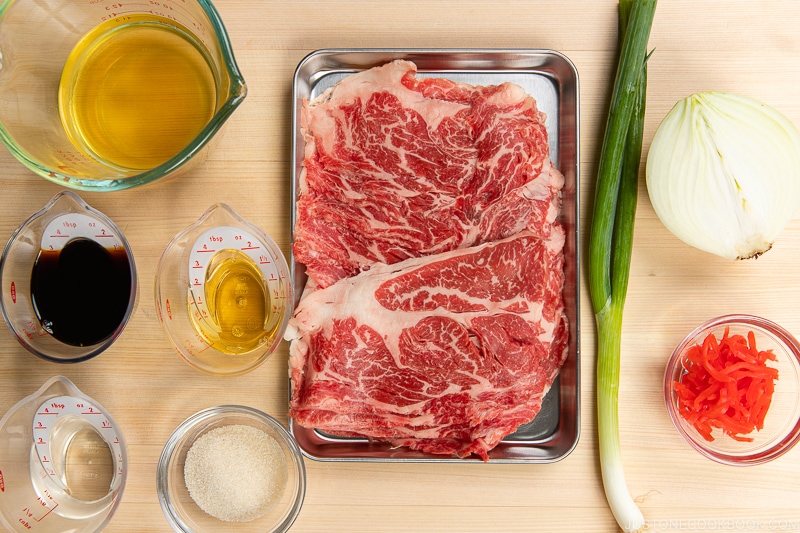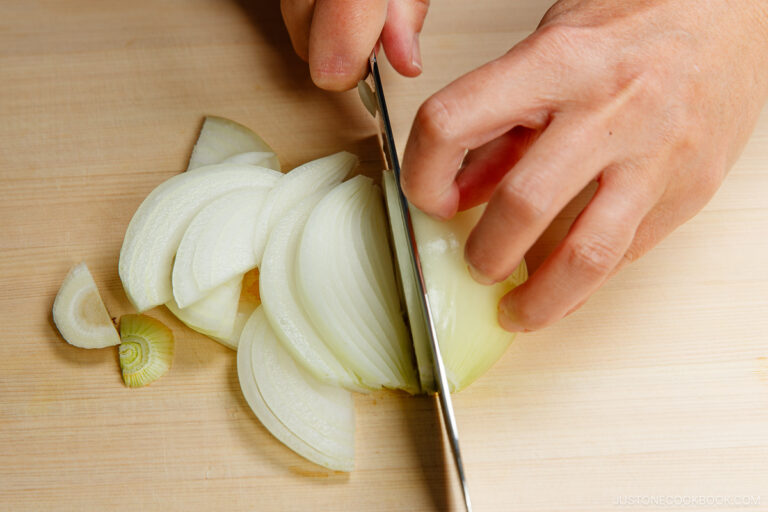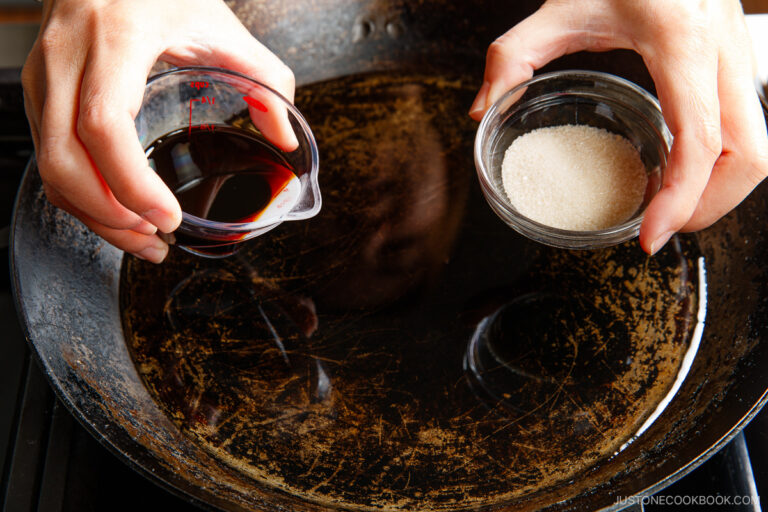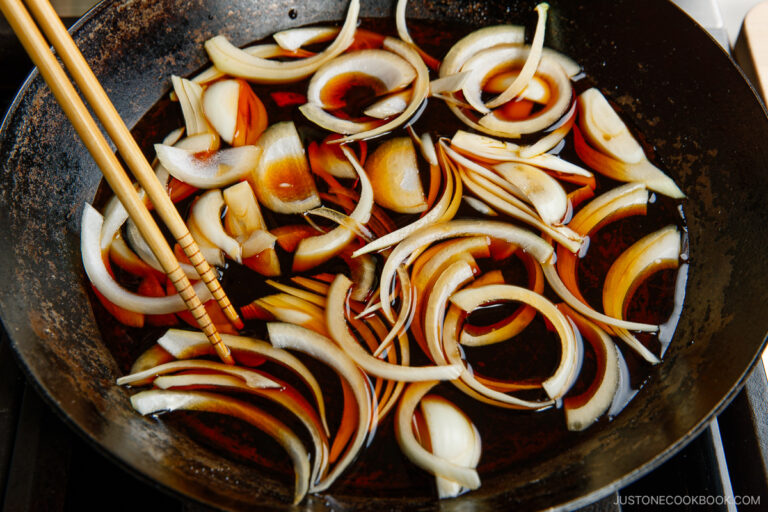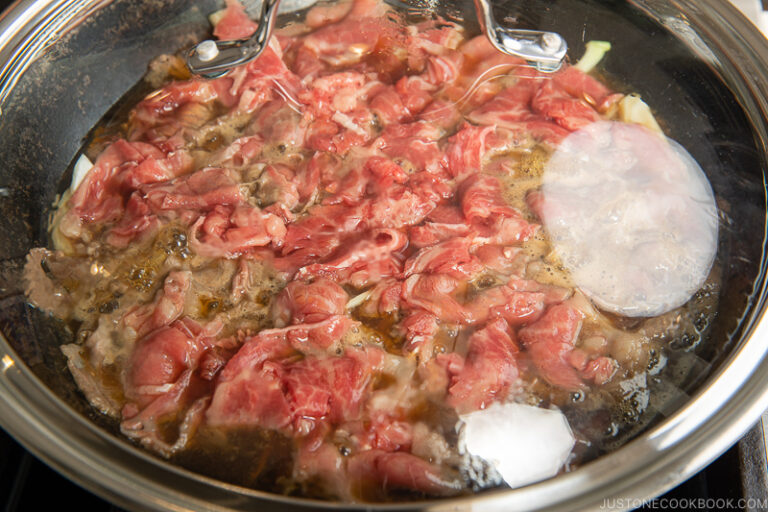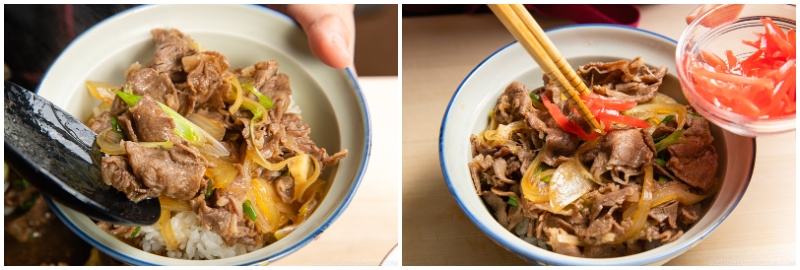Introduction
Gyūdon (牛丼, "beef bowl"), also known as gyūmeshi (牛飯 or 牛めし, "beef [and] rice"), is a Japanese dish consisting of a bowl of rice topped with beef and onion, simmered in a mildly sweet sauce flavored with dashi (fish and seaweed stock), soy sauce and mirin (sweet rice wine). It may sometimes also be served with toppings such as raw or soft poached eggs, negi onions, grated cheese or kimchi. A popular food in Japan, it is commonly eaten with beni shōga (pickled ginger), shichimi (ground chili pepper), and a side dish of miso soup. (Wikipedia).
Origin
[It] is considered to be derived from gyūnabe (牛鍋), a beef hot pot originating in the Kantō region of eastern Japan, first served in Yokohama in 1862. (Wikipedia). When people began pouring the gyūnabe broth over their rice, the dish was coined gyūmeshi(牛飯) . In the late 1800s, it was eventually renamed gyūdon, with (牛) for beef and don ((丼) referring to the donburi rice bowl. (Just One Cookbook).
Today
Gyūdon can be found in many restaurants in Japan, and some fast food chains specialize exclusively in the dish. Many of these chain shops are open round the clock. The top three gyūdon chains in Japan are Sukiya (currently the largest gyūdon chain in Japan, established in Yokohama in 1981), Yoshinoya (the oldest and second largest, established in the Nihonbashi district of what is now Chūō, Tokyo in 1899), and Matsuya (established in Nerima, Tokyo in 1968).(Wikipedia).
